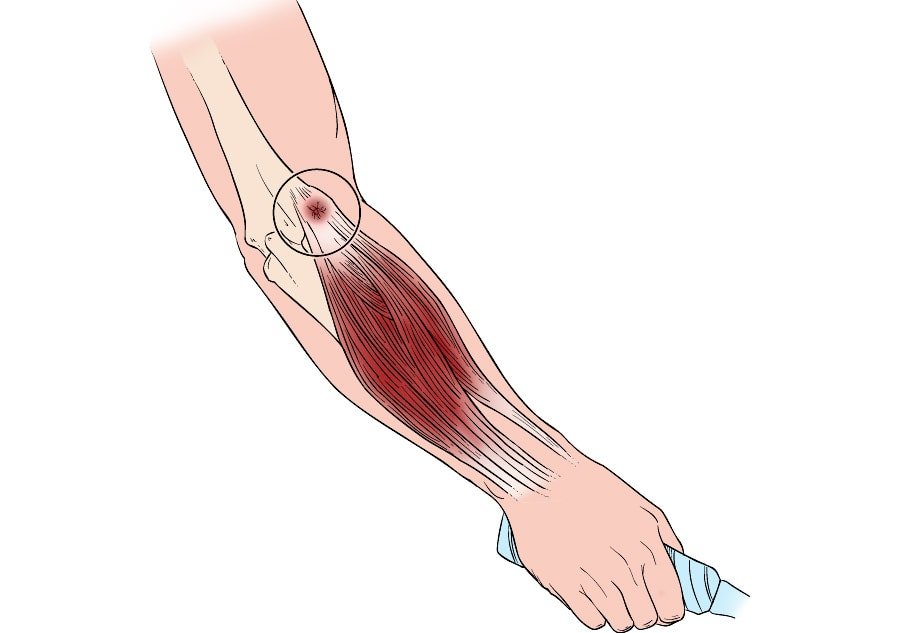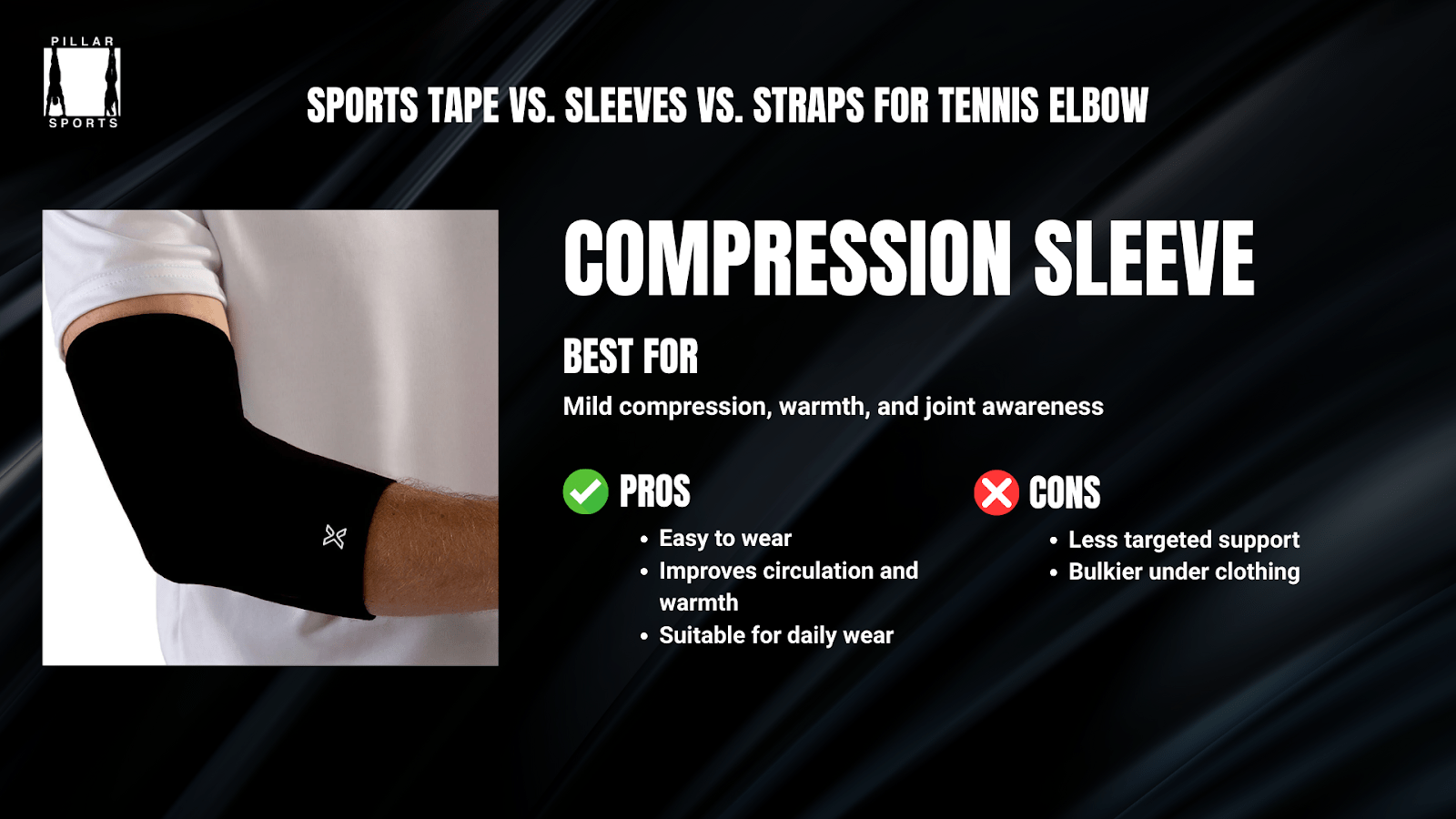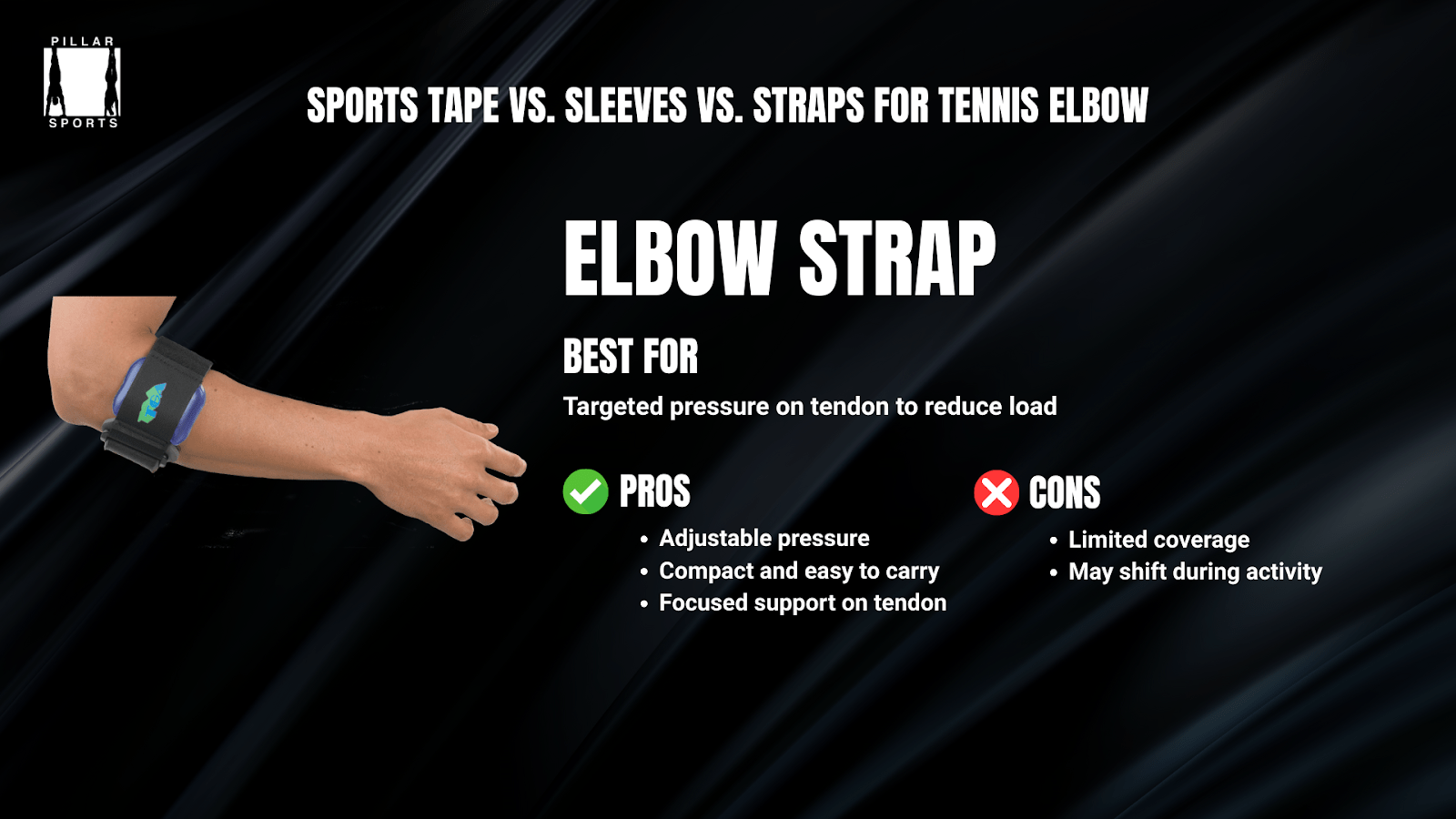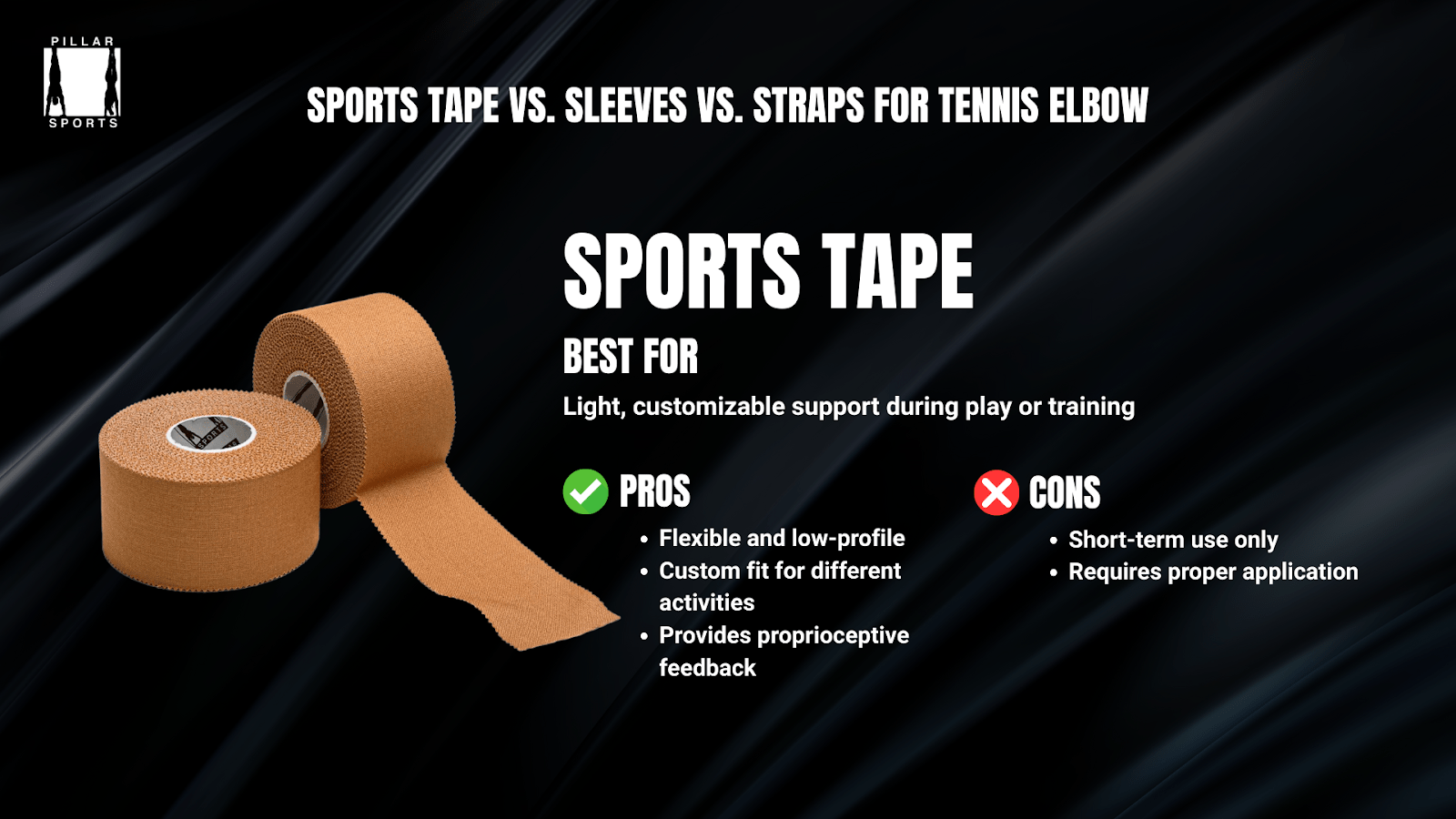
Please be very aware that this information is neither intended nor implied to be a substitute for professional medical advice. Always seek the advice of your doctor or other qualified health professional before starting any new treatment or with any questions you may have regarding a medical condition.
Tennis elbow, medically known as lateral epicondylitis, is a condition caused by overuse of the muscles and tendons on the outside of the elbow that control wrist extension. It frequently occurs in individuals who repeatedly tense or rotate the forearm, for example, in sports or manual labor. This condition can lead to tenderness, pain, and grip weakness.
Buy Rigid Tape for Tennis Elbow
Source: orthoinfo
Looking for a video on how to tape a tennis elbow using rigid tape or zinc oxide tape?

| Category | Details |
| Main Cause | Overuse and microtears in the extensor carpi radialis brevis (ECRB) tendon, which helps stabilize the wrist when the elbow is straight. Repetitive stress leads to pain over the outer (lateral) elbow. |
| Additional Cause | The ECRB muscle may rub against bony prominences when the elbow bends/straightens, leading to gradual wear over time. |
| Common Activities | Repetitive forearm or wrist movements in sports and jobs. High-risk occupations: painters, plumbers, carpenters, auto workers, cooks, butchers. Racquet sports (especially with poor technique or equipment) can also contribute. |
| Age Range | Most common between 30–50 years old, but can affect any age group with risk factors. |
| Unknown Origin | In some cases, lateral epicondylitis occurs without a clear repetitive injury (idiopathic). |
| Typical Symptoms | Gradual onset of pain, burning on the outer elbow, weak grip strength, occasional night pain. Symptoms often worsen with forearm activity such as holding a racquet, turning a wrench, or shaking hands. |
Rigid Sports Tape offers targeted support by reinforcing the extensor muscles without restricting natural movement. It also enhances proprioceptive feedback, helping you subconsciously adjust movement patterns to reduce stress around the elbow joint.
A recent study found that elbow taping significantly improved proprioception compared to no tape or placebo, and the effect lasted at least 30 minutes at certain flexion angles.
source: https://pubmed.ncbi.nlm.nih.gov/38692994/


| Support Type | Pros | Cons |
| Sports Tape (Rigid / Zinc Oxide Tape) | Targeted support, lightweight, enhances proprioception | Single-use; requires proper application |
| Elbow Strap | Delivers direct compression over tendon area | Can shift during intense activity |
| Compression Sleeve | Comfortable for extended wear, improves warmth | Provides general support, not specific |



There’s no single solution, each support tool offers unique advantages depending on your activity needs. Athletes may cycle between using tape, straps, or sleeves to find the best fit.
Find a guide for broader elbow support, especially if you’re dealing with hyperextension in our full Elbow Strapping Guide.
This site is protected by reCAPTCHA and the Google Privacy Policy and Terms of Service apply.

Grab HK$20 OFF your first order of performance-tested tape & gear.
*when you spend HK$300 or more.*
Join 1,000+ athletes already training with Pillar Sports tape.
No spam. Unsubscribe anytime.